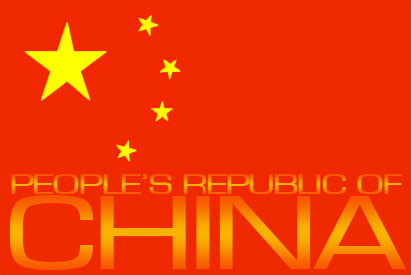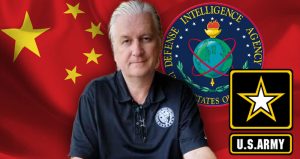(New York Times) If the authors of a new book, “Chinese Industrial Espionage,” are right, and China is carrying out one of the greatest intellectual heists of history in its systematic transfer of the advanced research and development of other nations — including the West, Japan and elsewhere — to China, what can the world do to protect its intellectual property?
As Edward Wong and I reported recently in The New York Times, and I explored further today in a Letter from China about the “whys” of the situation, the authors, William C. Hannas, James Mulvenon and Anna B. Puglisi, who do research for the United States government, write that since the mid-1950s China has engaged in a meticulous campaign to bring the world’s technology to China in ways that are legal, illegal and, mostly, “extralegal,” because they’re hidden from view.
The campaign is intended as “a shortcut to development,” they write. One way it’s done is by appealing to the patriotic sentiments of the hundreds of thousands of Chinese who study and live abroad to “bring back” their knowledge to serve China. . . .
China Seen in Push to Gain Technology Insights (New York Times)
SHENZHEN, China — A government-financed research institute in the Pearl River Delta here boasts an impressive range of specialties, from robotics to nanomedicine to magnetic resonance imaging.
But not all the cutting edge developments may be the result of indigenous innovation, according to American prosecutors, who last month charged three Chinese scientists at the New York University School of Medicine with taking bribes to share research findings with their real employers: the Shenzhen institute and a separate Shanghai medical technology company.
Though considerable attention has been focused on Chinese cyberespionage efforts, the Shenzhen Institute is at the vanguard of a related push to bolster China’s competitiveness by acquiring overseas technology directly from Chinese scientists working in the United States and other developed countries, say American officials and analysts.
Those scientists are heavily recruited to return to China or, in some instances, to share their knowledge while remaining overseas. . .











